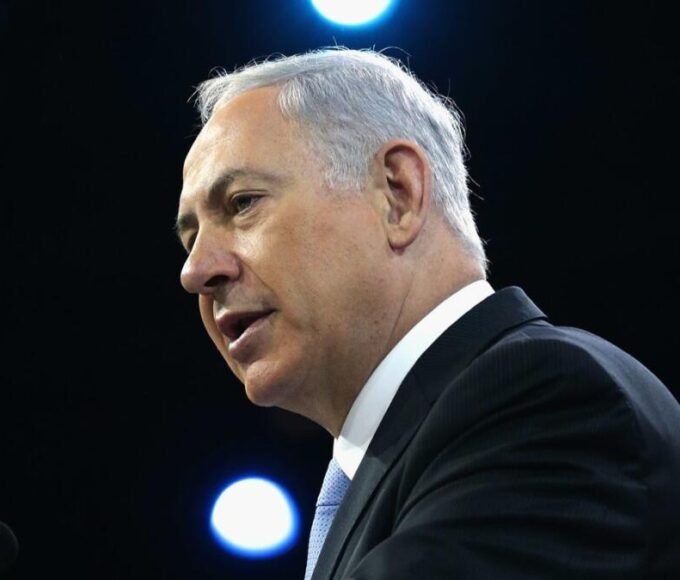Table of Contents
A Dramatic Turn in the Russia-Ukraine War
As the conflict between Russia and Ukraine drags into its fourth brutal year, a new chapter unfolds with Russia ramping up its offensive capabilities. In what some analysts suggest is a strategic masterstroke by Vladimir Putin, Russia has unleashed a devastating campaign of drone strikes and hypersonic missile attacks on Ukraine’s critical infrastructure. These attacks have left thousands without power and water, shaking the morale of the Ukrainian people and prompting a swift response from Kyiv’s leadership and the European Union.
The campaign also poses challenging questions about former US President Donald Trump’s negotiated ceasefire efforts and whether Putin’s battlefield tactics have outpaced diplomatic moves.
Russia’s Unmanned Assault on Ukrainian Energy Systems
In the last week of August 2025, Russia launched nearly 100 drone strikes across six different Ukrainian regions. These attacks specifically targeted power plants, gas pipelines, and water supply systems, leading to widespread blackouts affecting over 100,000 households in regions such as Poltava, Sumy, and Chernihiv.
Ukrainian officials reported that while many drones were intercepted, several successfully caused fires and damage, further exacerbating the upcoming winter hardships.
Hypersonic Missiles: A New Level of Threat
Adding to the destruction, Russian forces deployed hypersonic missiles capable of evading most defense systems due to their extreme speed and maneuverability. These weapons struck key Ukrainian military positions, logistics hubs, and infrastructure, undermining the country’s ability to sustain prolonged defense efforts.
The introduction of hypersonic missiles represents a significant leap in military technology, raising concerns among NATO members and prompting calls for accelerated defensive upgrades.
Zelensky’s Defiant Response
Ukrainian President Volodymyr Zelensky condemned the attacks as brutal attempts to break the spirit of Ukraine’s resistance. In public statements, he emphasized the resilience of the Ukrainian people and the determination to protect their sovereignty against all aggression.
He also appealed to international partners, including the European Union, for increased support in air defense systems and humanitarian aid as the country braces for colder months without stable power supplies.
The European Union’s Solidarity and Strategic Support
The EU swiftly responded, pledging enhanced military assistance, including funding for advanced missile defense capabilities and energy infrastructure rebuilding. EU leaders emphasized a united front against efforts to destabilize Ukraine and highlighted the humanitarian dimensions of the attacks.
European countries also debated strategies to reduce energy dependence on Russia, accelerating transitions to alternative sources and supporting Ukraine’s economic recovery.
Did Putin Outsmart Trump’s Ceasefire Plans?
Former US President Donald Trump’s intermittent negotiations with Putin and Zelensky have been met with skepticism by many international observers. Now, with Russia intensifying its military tactics, questions arise whether Putin strategically delayed serious commitment to peace, using military innovations to strengthen his position ahead of diplomatic talks.
The timing of the drone and missile offensives appears to undermine US-led attempts to broker ceasefires, signaling the complexities inherent in achieving lasting peace.
The Human Toll: Civilians Caught in the Crossfire
Beyond strategic and political analyses lie the human costs. The loss of electricity and water access exacerbates already devastating humanitarian conditions for millions of Ukrainians. Hospitals, schools, and homes face dire shortages, while winter looms as an additional threat to vulnerable populations.
Efforts by international aid agencies aim to mitigate suffering, but challenges persist due to ongoing hostilities and damaged infrastructure.
What Comes Next? A War Defined By Technology and Resolve
The conflict is entering a new phase defined by cutting-edge warfare technologies—including drones and hypersonic missiles—and unyielding human resolve. Ukraine’s ability to adapt and respond to these threats will shape not only battlefield outcomes but also the pace of potential peace negotiations.
The EU’s role as a strategic partner will also be crucial in determining the balance between support and diplomacy.
Conclusion: A Conflict at an Inflection Point
The multifaceted Russian offensive demonstrates how military tactics can rapidly evolve, complicating diplomatic efforts and causing immense human suffering. Russia’s drone and hypersonic missile campaign poses unprecedented challenges to Ukraine and its allies.
As Zelensky rallies his people and the EU strengthens its support, the global community watches closely, hoping that this inflection point becomes a pathway toward stability rather than further devastation.
Read More: Trump Aide Blames Modi, Calls Ukraine Conflict “India’s War”











Leave a comment